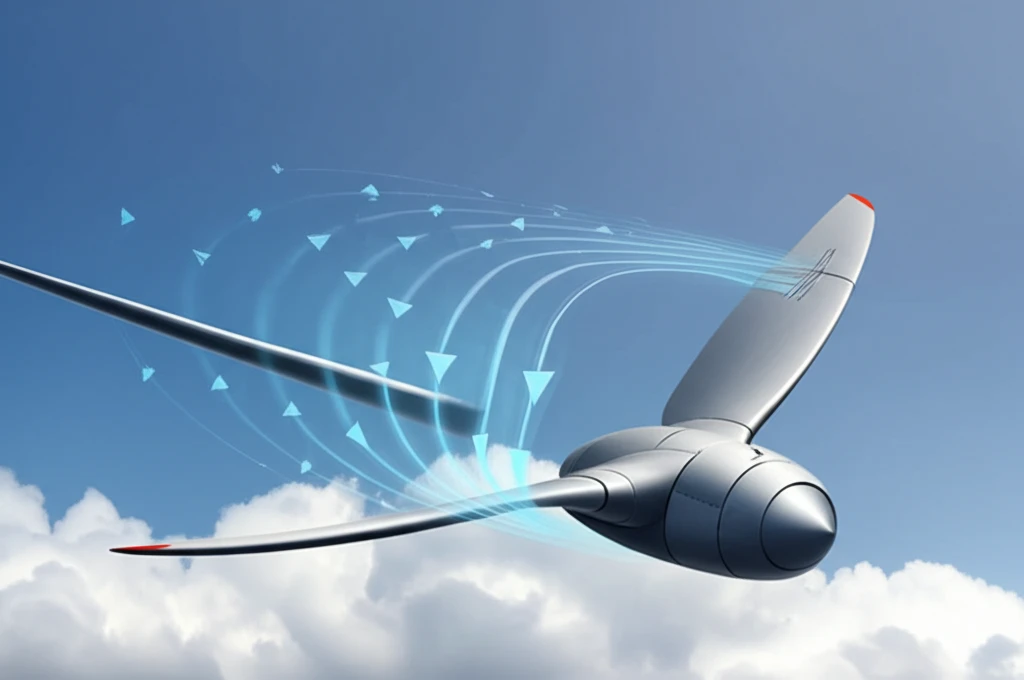
Propeller Wing Aerodynamics: Clearing Up the Confusion
"A simple correction clarifies how wing upwash affects propeller blade performance, ensuring accurate understanding and modeling in aerospace engineering."
In the dynamic field of aerospace engineering, precision is paramount. Even seemingly minor discrepancies in technical documentation can lead to significant misunderstandings, impacting design, analysis, and performance predictions. Recently, a critical correction was issued concerning the computational study of propeller wing aerodynamic interaction. This adjustment addresses a point of confusion that could affect how engineers and researchers model and interpret propeller behavior.
The original research, conducted by a team from the U.S. Air Force Academy and the Army Research, Development and Engineering Command, delved into the complex interplay between propeller wings and the surrounding airflow. However, a specific statement within the study required clarification to ensure accuracy. This article aims to demystify the correction, explain its significance, and highlight its implications for the broader aerospace community. By understanding the nuances of this adjustment, professionals and enthusiasts alike can gain a more precise grasp of propeller wing aerodynamics.
Whether you're an aerospace engineer, a student, or simply fascinated by the mechanics of flight, this article provides valuable insights into the importance of accuracy in scientific communication. We'll break down the original statement, explain the correction, and discuss why this level of detail matters in the quest for optimized aircraft design and performance. By clarifying this point, we contribute to a clearer understanding of the forces at play in propeller wing systems.
Understanding Wing Upwash and Propeller Performance

The core of the correction revolves around a nuanced description of how wing upwash—the upward motion of air ahead of the wing—affects the performance of propeller blades. Specifically, the original paper contained a statement regarding the angle of attack on the propeller blades. This statement needed refinement to accurately reflect the actual aerodynamic behavior.
- Original Statement: "In terms of propeller performance, the wing upwash causes an asymmetric load on the propeller blades such that the angle of attack decreases at P2 and decreases at P4."
- Corrected Statement: "In terms of propeller performance, the wing upwash causes an asymmetric load on the propeller blades such that the angle of attack increases at P2 and decreases at P4."
The Ripple Effect of Precision
This correction highlights the critical role of accuracy in aerospace research and engineering. While the change may appear minor, its impact on modeling, simulation, and ultimately, aircraft design, cannot be overstated. By ensuring that technical documentation is as precise as possible, we pave the way for more reliable and efficient aerospace systems. The dedication to accuracy demonstrated by the original researchers underscores the commitment to excellence that drives the field of aerospace engineering forward.
